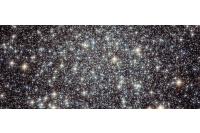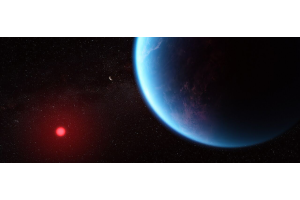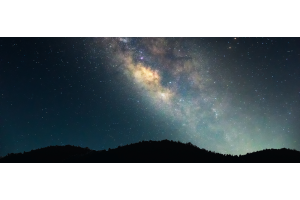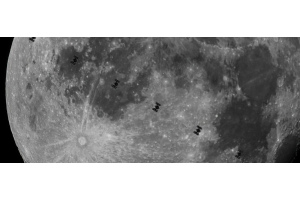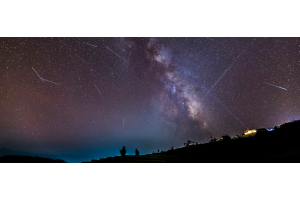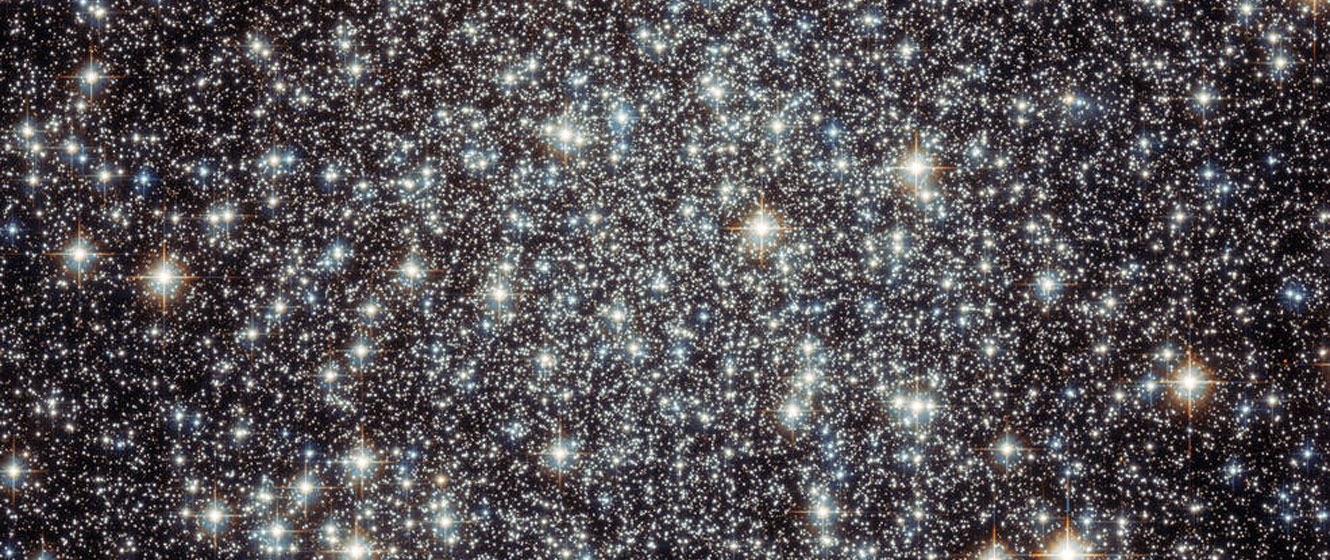
In this episode of What's in the Sky this Month, Teagan reviews some of the beautiful celestial objects you can see in the month of August 2022!

Image credit: NASA, ESA, STScI and P. Dobbie
(University of Tasmania)
Messier 11 - The Wild Duck Cluster
- Type: Open Cluster
- Constellation: Scutum
- Distance: 6,100 light-years
- Magnitude: 5.2
- Apparent Diameter: 32’
Found close to the southern border of Aquila, the Eagle, you may be able to glimpse this open cluster with the naked eye under dark skies. If not, even low-powered binoculars will easily show it.
Through 8x35 binoculars, it appears small, compact, faint, and globular, with a starlike point on its northeastern edge.
The V-shape that gives the cluster its name is readily apparent through telescopes at low power. For example, at 35x it appears small, but with a granular complexion and a magnitude nine star at the V’s tip. Increasing the magnification to 50x will improve the view and reveal a multitude of blue-white stars, but the cluster will start to lose its shape as a result.
OUR NEAREST NEIGHBORS
Mercury returns to the evening sky, with a thin crescent Moon to its right on the 28th and then above it the following night. Saturn reaches opposition on the 14th and is visible all night. Its yellow-gold light should be unmistakable in the evening sky, but look for the full Moon below it on the 12th. Distant Neptune and Jupiter are best seen after midnight, with the waning gibbous Moon appearing to the southwest of Jupiter on the morning of the 15th. Uranus is visible in the early hours, along with Mars, which moves into the same binocular field of view as the Pleiades around mid-month. The last quarter Moon appears nearby on the 19th. Venus remains a brilliant, if solitary, sight in the predawn sky, but is joined by a thin crescent Moon on the 25th. The Moon itself turns full on the 11th and then new on the 27th.
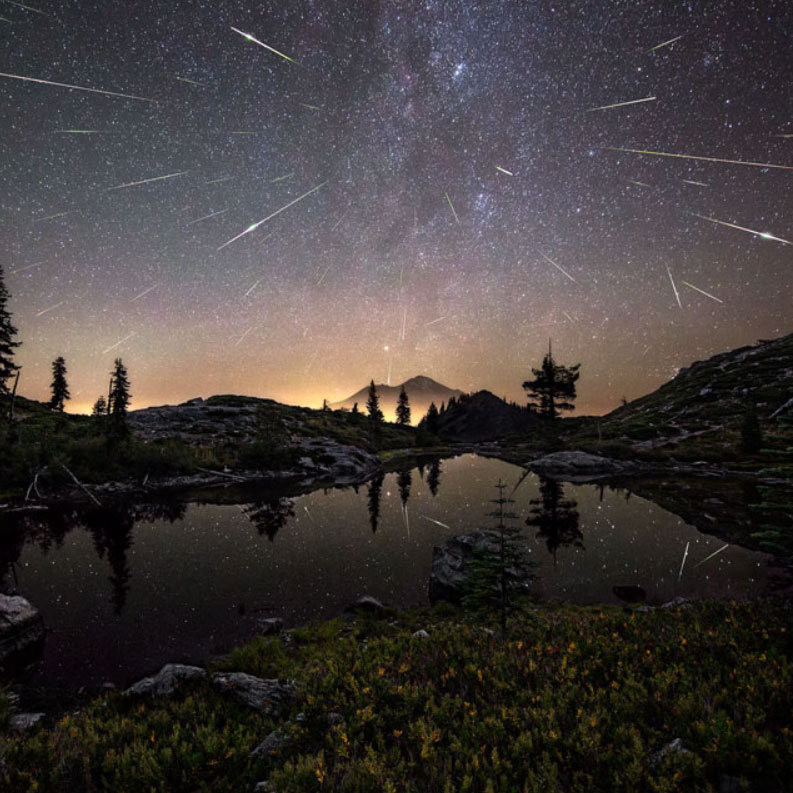
Image credit: Brad Goldpaint
The Perseid Meteor Shower
While you can always depend on the Perseids to put on a show, they’re still affected by moonlight, like any other shower. Unfortunately, the Moon turns full on the 11th and will remain a nuisance over the next few nights, when the shower is at its peak.
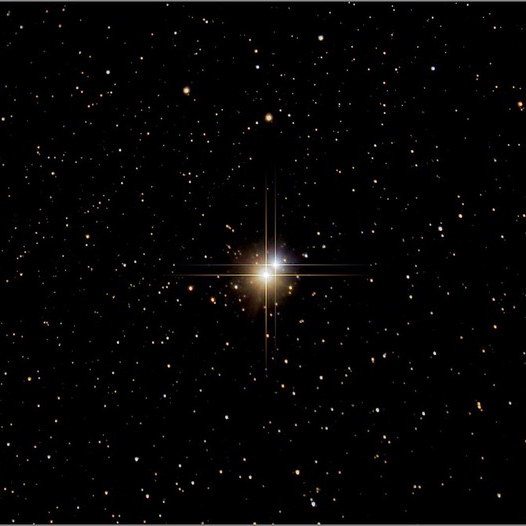
Image credit: Tom Wildoner
Beta Cygni - Albireo
A showcase double and a favorite of many, Albireo can be split into a pair of stars - one gold, one sapphire - with almost any telescope with a magnification as low as 30x.
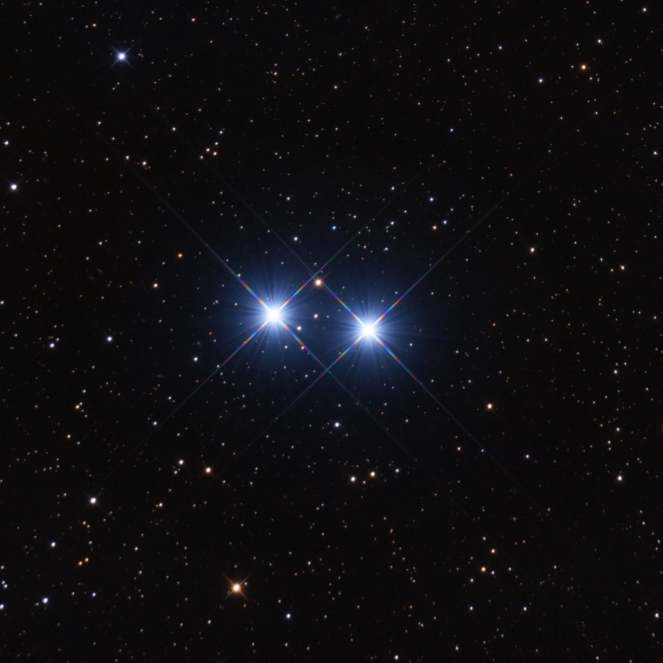
Image credit: Viewfrom.earth
Epsilon Lyrae - The “Double Double”
The aptly named “double double” shows two stars with binoculars, but scopes and a magnification of over 100x will show each star to be split again.
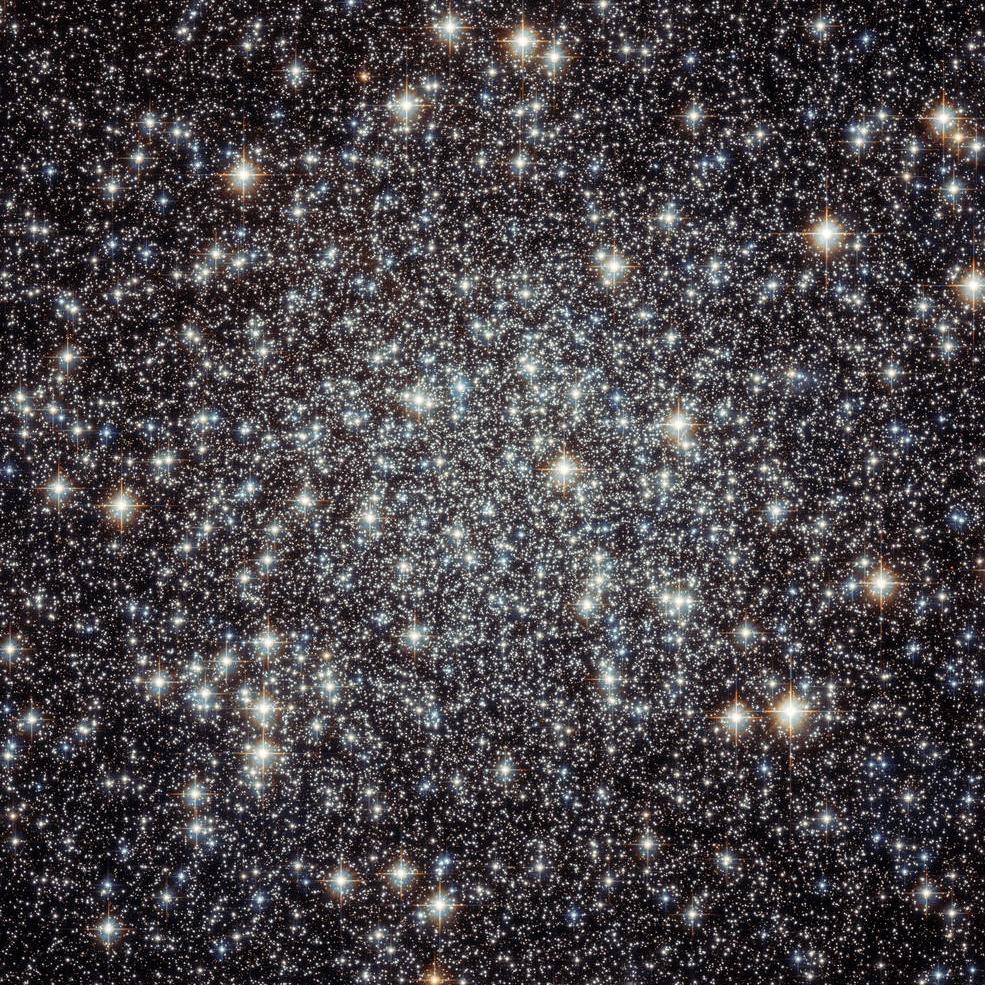
Image credit: ESA/Hubble & NASA
Messier 22 (M22)
M22 is one of the best and brightest globular clusters in the sky, easily detectable with binoculars, and while it never rises very high in the northern hemisphere, it’s still worth seeking out.
STELLAR CONCEPTS
Radiant: The radiant is the point from which the shooting stars in a meteor shower appear to originate. The shower itself is typically named for either the constellation in which the radiant lies or the nearest bright star. For example, the Perseids have their radiant in the constellation Perseus, whereas the Eta Aquarids appear to originate from close to the star Eta Aquarii.
This Article was Last Updated on 07/25/2023
